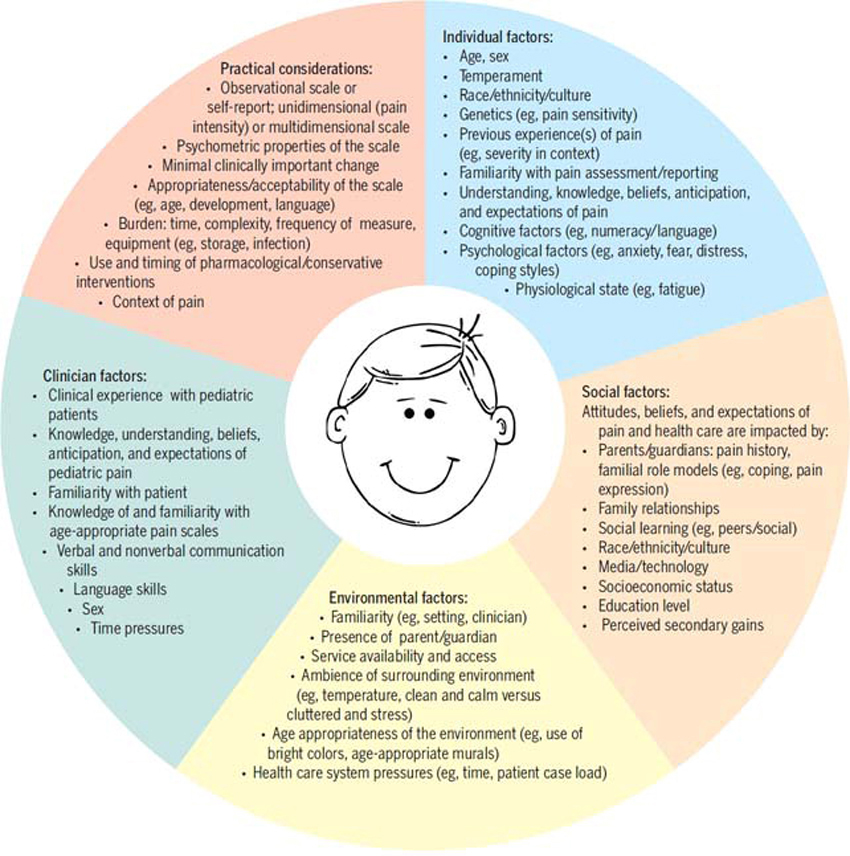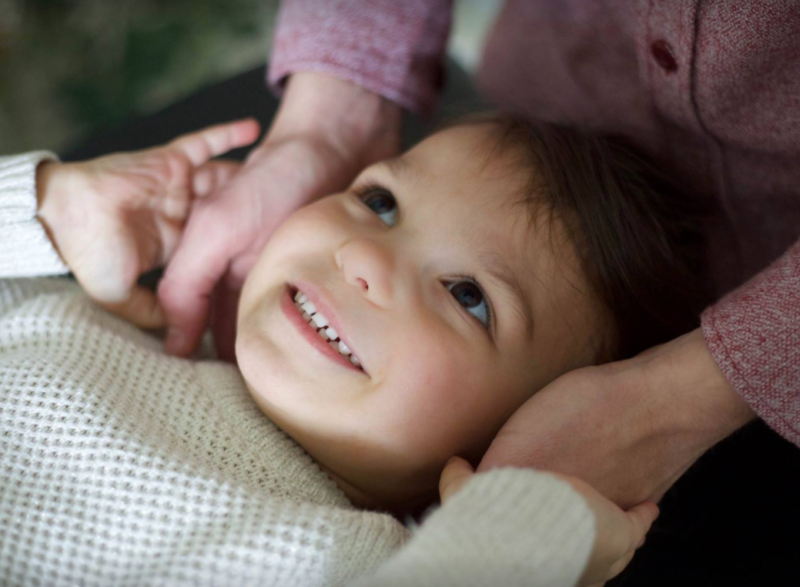Adverse Reactions of Medications in Children:
The Need for Vigilance, A Case Study
SOURCE: J Clinical Chiropractic Pediatrics 2014 (Mar); 14 (2) ~ FULL TEXT
Edward Holmes [1], DC and Joyce Miller, BSc, DC, DABCO, FCC [2]
1 – Edward Homes, DC,
private practice,
Bournemouth, United Kingdom
2 – Joyce Miller, BSc, DC, DABCO, FCC,
Associate Professor,
Anglo-European College of Chiropractic,
Bournemouth, United Kingdom.
jmiller@aecc.ac.uk
Summary: This study demonstrates that adverse drug reactions do potentially pose a public health risk within the pediatric population and all healthcare providers need to be mindful of this risk. Adverse events to medication within this population are prevalent particularly in children under the age of two. Chiropractors must therefore be aware of adverse drug reactions and recognize symptoms within their patient population.
Key terms: off label use; non-prescription drugs, child, pediatrics, drug toxicity guidelines, adverse medication reactions in children
From the Full-Text Article:
Introduction
A 19-week-old premature infant presented to a chiropractic teaching clinic with a ‘poor feeding pattern, recent slowing in weight gain and increase in crying’ over a three week period. The mother stated that this had started following a respiratory infection which occurred two months ago, with an associated rash that spread from her abdomen to the back of her neck, face and head. At least six weeks previously her GP had prescribed a cold remedy for the day (Calcold®) and Calpol® Night for the evening for the respiratory infection, and cortisone cream when a rash developed two weeks later. The medications seemed to help the child sleep, in fact she seemed to sleep much more during the day and night, which was put down to illness. However this did not change in the ensuing weeks after the respiratory infection abated. The mother continued with the Calpol® Night at the recommendation of the GP along with a change to Calpol® (instead of Calcold®) in the day, since it seemed to have helped with sleep. We examined a lethargic infant with an erythematous rash covering the trunk, head and neck who had decreased almost two centiles on her growth chart in the previous several weeks, and although not losing weight, she was nevertheless not gaining weight. Without another obvious etiology, was there an association between the medication and the child’s signs and symptoms?
There are more articles like this @ our:
Iatrogenic Injury Page and our:
Upon further investigation, we discovered that advice from the Medicines and Healthcare products Regulatory Agency (MHRA) stated that cold and cough medications should not be given to children under six years of age. MHRA states, “There is no evidence that cough and cold medications work and can cause side effects such as allergic reactions, effects on sleep and hallucinations.” [1] It was noted on the Calpol® website that three of their products (Calcold®, Calcough® and Calpol® Night2) were in this category. They recommend discussing the use of these with the child’s doctor or pharmacist when children are under six years of age. [2] Calcold® contains paracetamol and diphenhydramine and Calpol® Night contains the exact same ingredients at the same concentrations. [2]
Paracetamol (aka acetaminophen) is an analgesic and an anti-pyretic drug, which has been associated with childhood asthma when taken in infancy. [3] Diphenhydramine is a sedative as well as an antihistamine used to treat allergic reactions involving the nasal passages. The website states that no paracetamol product is recommended for a child under three months of age. [2] It was realized that in this case, where the child was four weeks premature that these products had been supplied either at the actual age of 12 weeks or just at the cusp of that age. Side effects of paracetamol are listed as skin rash, blood disorders, swollen pancreas, liver damage and sudden death secondary to a severe overdose. [4] There are no side effects listed for children. It was noted that paracetamol has a narrow therapeutic index, with the therapeutic dose and the toxic dose being very close. In infants under three months the toxic dose is thought to be 10mg/kg of body weight. [5]
Read the rest of this Full Text article now!





Leave A Comment